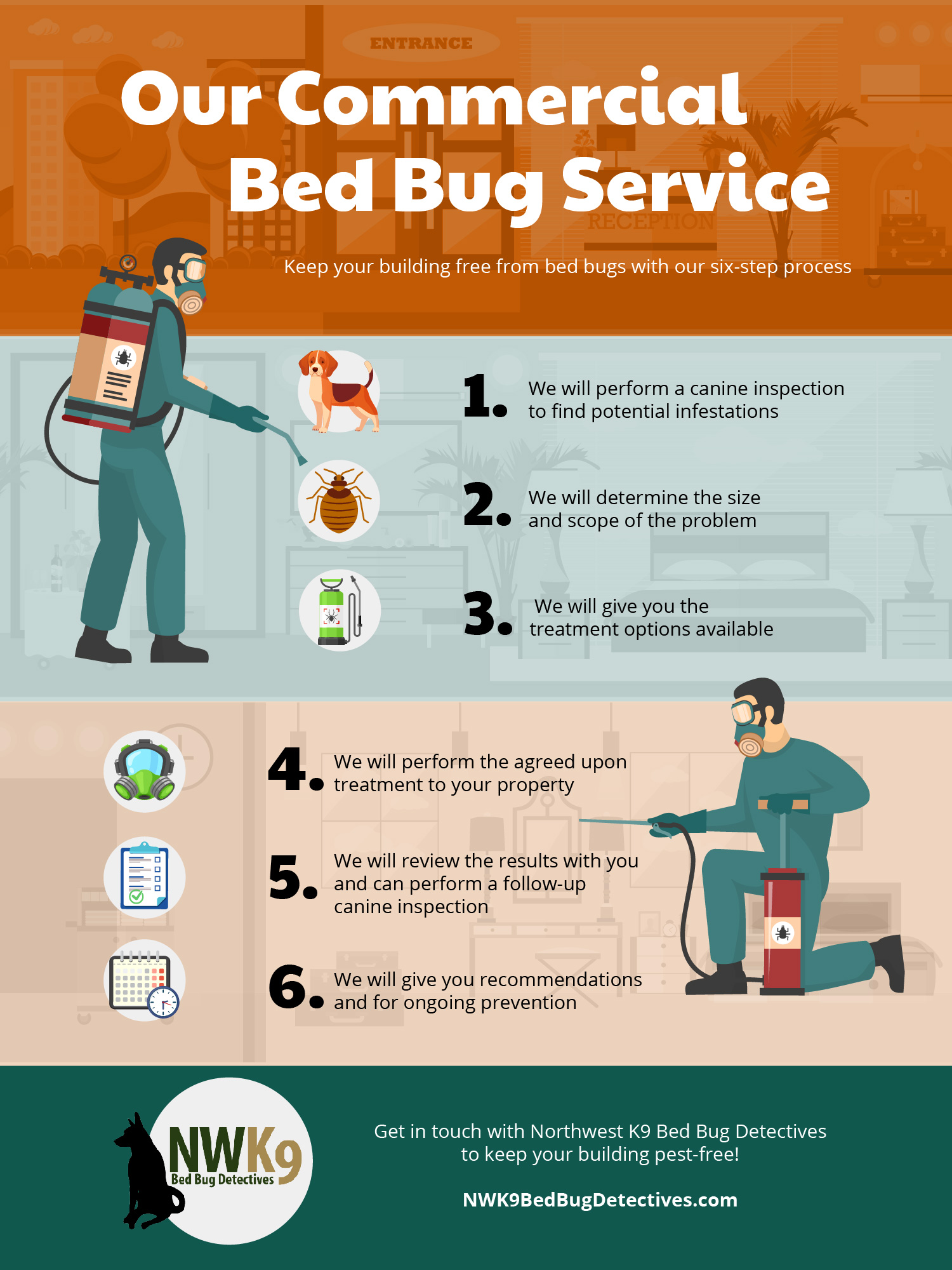Bed Bug Services Things To Know Before You Buy
Table of ContentsBed Bug Services - QuestionsThe Ultimate Guide To Bed Bug ServicesThe smart Trick of Bed Bug Services That Nobody is Talking AboutMore About Bed Bug Services
A professional bed bug inspection is a meticulous process and relies on expertise. Bed bugs are tiny, quick, and skilled at concealing themselves that hide in narrow spaces, corners, and upholstery. Because of their secretive nature, a thorough inspection is essential to identify the full scope of the problem. Professional inspectors rely on specialized equipment, systematic procedures, and experience to detect bed bugs accurately, reducing the risk of escalation.The first step in the inspection process involves understanding bed bug biology and behavior. Bed bugs belong to the order Hemiptera and experience multiple nymph stages before reaching adulthood. Adults are around five millimeters long, flat, reddish-brown, and wingless with slender legs and antennae. Their segmented proboscis allows them to pierce the skin and feed on blood, often causing red, itchy welts on hosts. Knowing these traits helps inspectors anticipate hiding spots.
Early detection is vital for stopping the problem from spreading. Professionals search for telltale signs such as dark spots of fecal matter, molted skins, and eggs (Bed Bug Services). Female bed bugs are capable of laying hundreds of eggs, leading to rapid infestations if unchecked. Evidence of discarded skins and eggs indicates active infestation and requires prompt inspection
Preparing for an inspection requires attention to detail. Inspectors often suggest tidying up spaces to allow full access, which makes it easier to inspect furniture and wall edges. Bedding and linens may be washed in hot water and dried on high heat, and then secured until the inspection is complete. Wall decor, mirrors, and pictures may need to be removed to allow access to potential bed bug harborages. Vacuuming furniture more and floors can remove loose pests, and vacuum bags should be emptied in a secure location.
The 9-Minute Rule for Bed Bug Services
The inspection itself is systematic and thorough. Inspectors start with beds and adjacent furniture, paying attention to edges, seams, and potential hiding spots. Upholstered furniture, including couches and chairs, is inspected thoroughly, including underneath and inside cushions. Baseboards, moldings, the edges of wall-to-wall carpeting, electrical outlets, closets, and storage areas are methodically checked, as these can be key areas for infestation.
Specialized tools help inspectors find hidden pests. Flashlights, magnifying lenses, multi-tools, and mirrors provide visibility in crevices and corners. Monitoring devices like interceptor traps or sticky pads help track bed bug activity over time. Some companies employ trained canines, which accurately identify active infestations, distinguishing them from residual signs.

Meticulous documentation is essential. Inspectors record the locations of evidence, severity of infestation, and treatment recommendations. This supports transparency and helps with client communication. Residents are often advised read this not to remove blood-stained sheets or vacuum infested areas, as this ensures accurate results.
After inspection, a monitoring plan may be recommended to confirm the presence of bed bugs and track activity. Continuous monitoring detects reinfestation, and asking residents about bites and sightings provides additional insight. Cooperation from residents enhances detection.
The Ultimate Guide To Bed Bug Services
:max_bytes(150000):strip_icc()/Bed-bug-control-tips-and-tricks-2656377-e580f433c55a4a98826e429753062084.jpg)
Professional inspections are more reliable than self-inspections. Trained inspectors recognize early evidence of bed bugs, avoid unnecessary treatments, and give peace of mind.
Bed bug inspections are particularly important in high-risk environments. Inspectors examine adjacent units, common areas, and shared furniture to identify potential spread (Bed Bug Services). This stops further spread
In summary, a professional bed bug inspection involves understanding bed bug biology, preparing the space, conducting systematic inspections, using specialized tools, documenting findings, and implementing monitoring protocols. Each step ensures check these guys out reliable identification and management.
Bed Bug Services Things To Know Before You Get This
